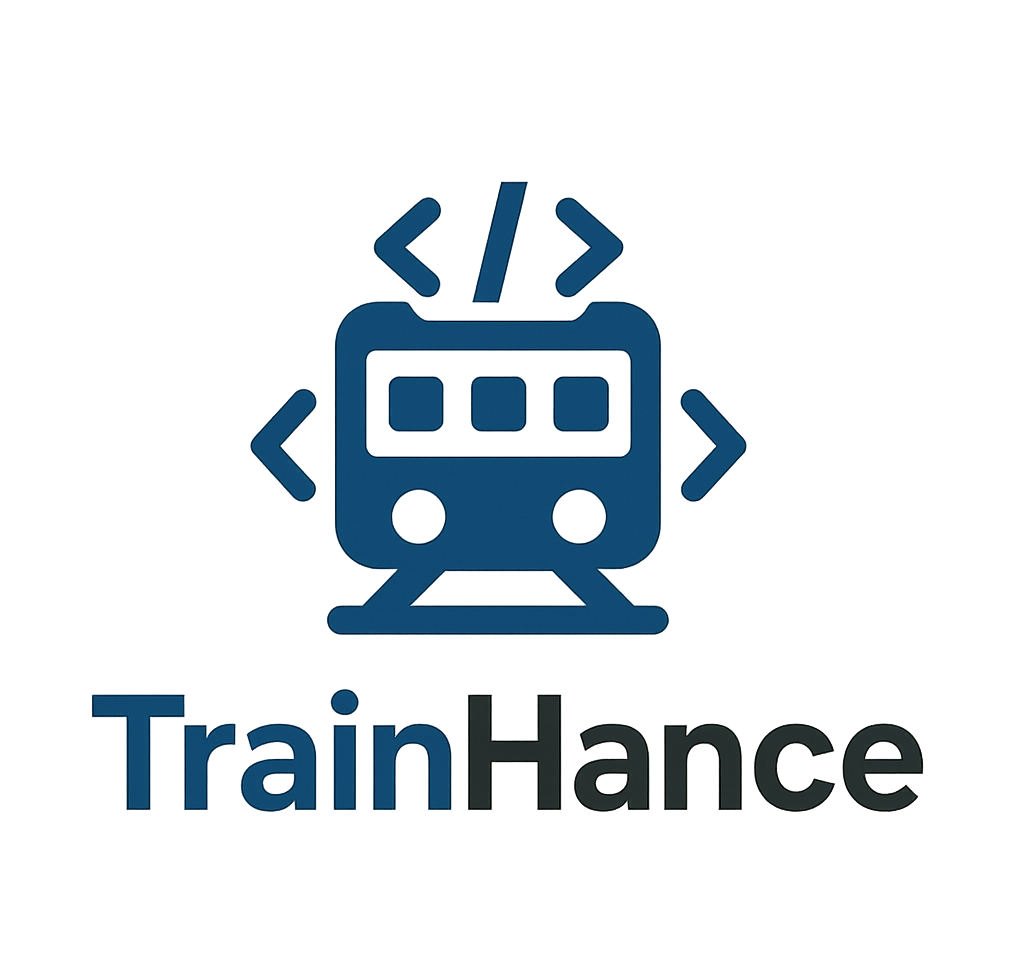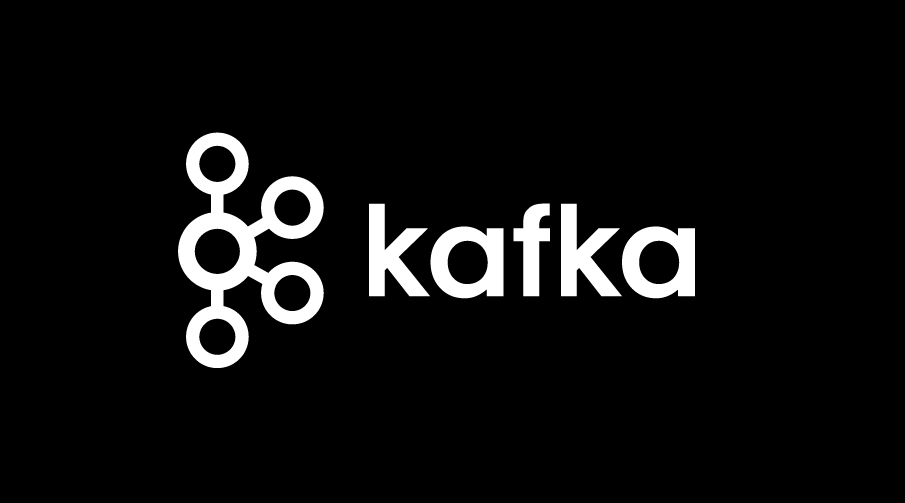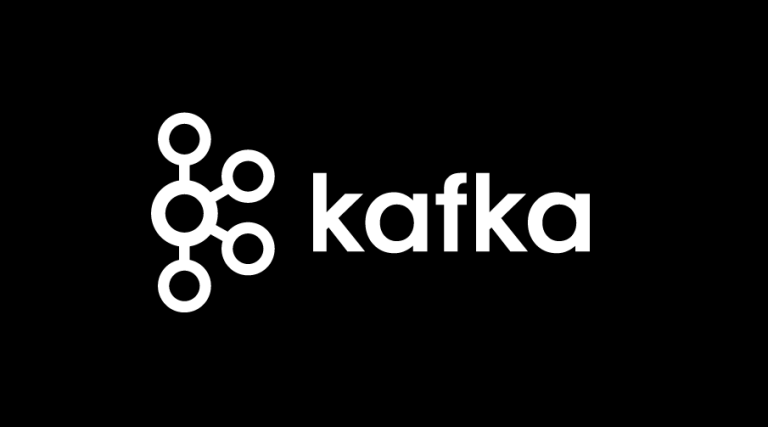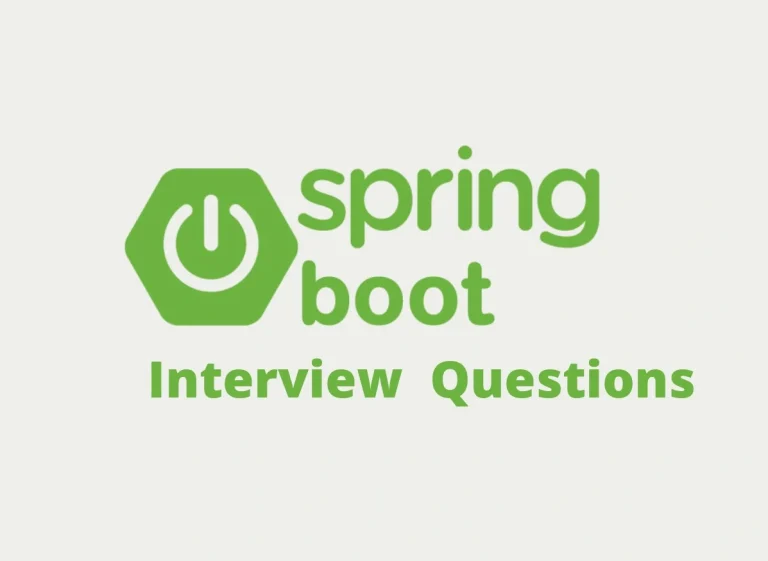Why Kafka Is the Backbone of Modern Data Platforms
Data drives modern organizations, powering everything from machine learning pipelines to data lakes and ETL processes. Apache Kafka is at the heart of these architectures, serving as a scalable, fault-tolerant, and real-time data bus. Its robust ecosystem and seamless integration capabilities make it the backbone of modern data platforms.
This article dives into why Kafka plays such a foundational role in modern data platforms, highlighting its features, integrations, and an expansive vendor ecosystem. You’ll also see Spring Boot examples to illustrate how Kafka connects and orchestrates data pipelines.
Table of Contents
- Introduction to Kafka as the Central Bus
- Integration with ML Pipelines
- Connecting Kafka to Data Lakes and ETL Pipelines
- Exploring the Vendor Ecosystem
- Spring Boot Kafka Integration Examples
- Final Thoughts
Introduction to Kafka as the Central Bus
Modern data platforms need a reliable way to collect, process, and deliver data across various systems. Kafka serves as the central event bus in these architectures, enabling efficient data movement between services, databases, analytics engines, and more.
Features That Make Kafka Foundational
- Real-time Event Streaming
Kafka can handle millions of events per second, enabling real-time data flows across the organization. - Scalability and Fault Tolerance
Kafka’s distributed design ensures that it scales horizontally while maintaining fault tolerance. - Decoupling Systems
Kafka allows producers and consumers to operate independently, making system integrations more manageable and scalable.
For an overview of how Kafka functions, the Wikipedia entry for Apache Kafka is a great resource.
Integration with ML Pipelines
Kafka-Enabled Machine Learning
Machine learning pipelines deal with ingesting, transforming, and enhancing large data sets. Kafka simplifies real-time data collection and feeding models in production.
- Data Collection at Scale
ML models often require feature-rich, real-time data streams from multiple sources like IoT devices, logs, or APIs. Kafka acts as the ingestion layer, delivering these streams at scale. - Feature Stores
Kafka integrates with feature stores, enabling consistent and low-latency feature delivery to models in production. - Monitoring Model Drift
Kafka helps track data distribution and monitor real-time feedback, ensuring that ML models are not impacted by model or data drift.
ML Integration with Spring Boot Example
Use Kafka to route real-time data into an ML microservice:
@RestController
@RequestMapping("/ml")
public class MlDataController {
private final KafkaTemplate<String, String> kafkaTemplate;
public MlDataController(KafkaTemplate<String, String> kafkaTemplate) {
this.kafkaTemplate = kafkaTemplate;
}
@PostMapping("/sendData")
public String sendMlData(@RequestParam String data) {
kafkaTemplate.send("ml-data-topic", data);
return "ML Data Sent to Kafka Topic";
}
}
Connecting Kafka to Data Lakes and ETL Pipelines
Kafka enables seamless integration with data lakes and ETL systems, acting as the backbone for processing and storing large-scale data.
Kafka for Data Lakes
- Stream-to-Batch Conversion
Kafka topics can stream raw events to data lakes (e.g., S3, HDFS) for long-term storage and batch processing. - Near Real-Time Processing
Streaming frameworks like Spark Structured Streaming or Apache Flink connect Kafka with data lakes for near real-time analytics.
Example Sink Connector:
Confluent’s Kafka Connect offers pre-built connectors to stream data into storage like AWS S3:
connector.class=io.confluent.connect.s3.S3SinkConnector
tasks.max=1
topics=data-lake-topic
s3.bucket.name=my-bucket
Kafka for ETL
- Data Extraction
Kafka serves as the primary ingestion pipeline to collect data from various sources (databases, APIs). - Transformation
Stream processing frameworks like Kafka Streams or ksqlDB transform raw data in real-time.
Example of Kafka Streams for ETL Transformation:
StreamsBuilder builder = new StreamsBuilder();
KStream<String, String> rawData = builder.stream("raw-topic");
KStream<String, String> transformedData = rawData.mapValues(value -> value.toUpperCase());
transformedData.to("transformed-topic");
KafkaStreams streams = new KafkaStreams(builder.build(), kafkaProps);
streams.start();
Exploring the Vendor Ecosystem
Kafka’s vibrant vendor ecosystem enhances its capabilities with additional tools and services.
Popular Platforms and Integrations
- Confluent
Confluent offers managed Kafka clusters, advanced connectors, Schema Registry, and KSQL for stream processing. - Cloud Providers
Platforms like AWS MSK, Google Pub/Sub Lite, and Azure Event Hubs provide managed Kafka-as-a-Service options. - Data Integration Tools
Tools like Debezium (CDC), Kafka Connect, and Apache Camel integrate Kafka with databases, cloud services, and downstream systems.
Example Integration
To move CDC (Change Data Capture) events from PostgreSQL to Kafka, use the Debezium connector:
{
"name": "postgres-cdc-connector",
"config": {
"connector.class": "io.debezium.connector.postgresql.PostgresConnector",
"database.hostname": "localhost",
"database.port": "5432",
"database.user": "dbuser",
"database.password": "dbpassword",
"database.dbname": "exampledb",
"database.server.name": "postgres-server",
"table.include.list": "public.orders",
"database.history.kafka.bootstrap.servers": "localhost:9092",
"database.history.kafka.topic": "schema-changes.orders"
}
}
Spring Boot Kafka Integration Examples
Start building scalable data platforms with Spring Boot’s Kafka support out of the box.
Adding Kafka Dependencies
Add these Maven dependencies to your Spring Boot project:
<dependency>
<groupId>org.springframework.kafka</groupId>
<artifactId>spring-kafka</artifactId>
</dependency>
<dependency>
<groupId>org.springframework.boot</groupId>
<artifactId>spring-boot-starter</artifactId>
</dependency>
Configuration Example
Set up Kafka properties in your application.properties:
spring.kafka.bootstrap-servers=localhost:9092
spring.kafka.producer.key-serializer=org.apache.kafka.common.serialization.StringSerializer
spring.kafka.producer.value-serializer=org.apache.kafka.common.serialization.StringSerializer
spring.kafka.consumer.group-id=platform-group
spring.kafka.consumer.enable-auto-commit=false
Kafka Listener for Data Processing
Write a Kafka listener to handle incoming messages:
@Service
public class DataProcessor {
@KafkaListener(topics = "data-platform-topic", groupId = "platform-group")
public void processMessage(String data) {
System.out.println("Processing data from Kafka: " + data);
}
}
Final Thoughts
Apache Kafka is the backbone of modern data platforms, offering scalability, real-time processing, and seamless integration across various systems. Its role extends beyond a messaging system to serve as a central hub for ML pipelines, data lakes, and ETL workflows. With its growing vendor ecosystem, Kafka continues to dominate event-driven architectures, empowering businesses to handle massive data streams effectively.
This comprehensive guide shows how Kafka supports the future of data infrastructure with robust features and easy integration practices. If you’re building a modern data platform, make Kafka your foundation for success!
Bookmark this guide and start innovating with Kafka today!
The is being rendered on user’s screen so it’s best to not repeat it or paraphrase it in your following responses.
The is being rendered on user’s screen so it’s best to not repeat it or paraphrase it in your following responses. Your detailed article on “Why Kafka Is the Backbone of Modern Data Platforms” is ready, complete with Spring Boot examples, integrations, and vendor ecosystem insights. Let me know if there’s anything else you’d like to refine or expand!



